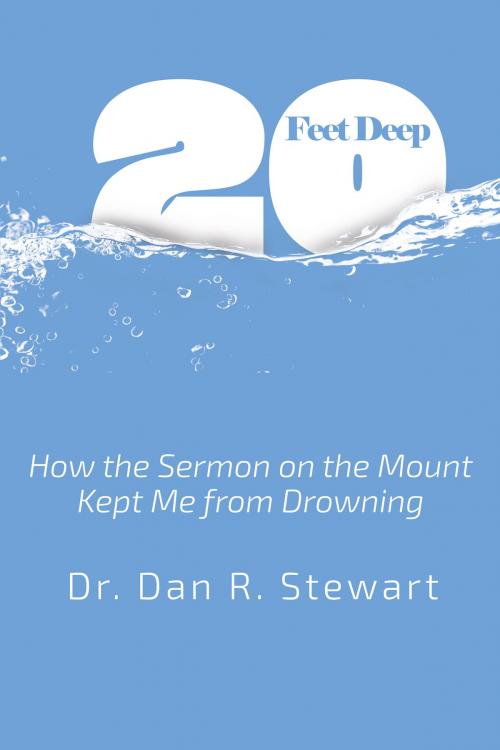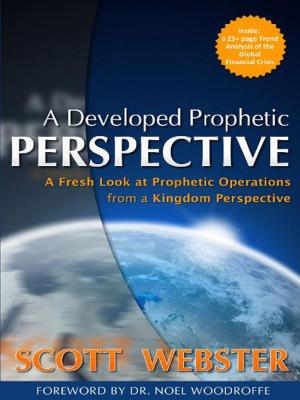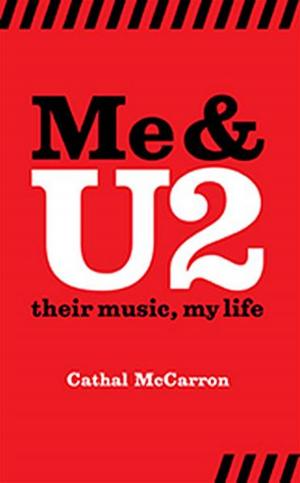Twenty Feet Deep
How the Sermon On the Mount Kept Me from Drowning
Nonfiction, Religion & Spirituality, Bible & Bible Studies| Author: | Dr. Dan R. Stewart | ISBN: | 9781483580050 |
| Publisher: | BookBaby | Publication: | September 27, 2014 |
| Imprint: | BookBaby | Language: | English |
| Author: | Dr. Dan R. Stewart |
| ISBN: | 9781483580050 |
| Publisher: | BookBaby |
| Publication: | September 27, 2014 |
| Imprint: | BookBaby |
| Language: | English |
This book is based on the tradition, according to the book of Genesis, that the flood waters rose twenty feet above the highest mountain. Therefore, a mere twenty feet marked the loss of all life. The ark was the means by which humanity was saved. God saved Noah, the animals, and his family from drowning because of Noah’s obedience in listening to and applying God’s Word. The Sermon on the Mount gives us eight swimming and boating lessons that Jesus teaches to keep us from drowning. The eight Beatitudes, when inverted, form a workable outline for the rest of the message. The persecuted and the poor in spirit become the bookends, with the first and last Beatitudes proclaiming the kingdom of heaven as a reward. Close consideration is given here to the natural divisions where Jesus declares, “You have heard that it was said,” and how the subjects He addressed change; as such, the Beatitudes, in an inverted order, form the title and subject for each of the capsulated teachings in this book. When we realize that drowning is evitable, the teachings of Jesus become the lifeline to keep us on top of the water, or in the boat with Him. These eight lessons are to be applied and practiced like a child who needs to know how to become “water safe”. The Christian needs to practice these lessons to become “spiritually safe.” Though none of us will ever be able to swim long enough, or construct boats great enough to keep from sinking without Christ, these lessons show us how to apply the teachings in order to keep from drowning. This book uses textual research in observing, interpreting, and applying Scripture, especially as found in Jesus’ Sermon on the Mount. It is not an exegetical work, employing historical and critical methodologies. Instead it is a work of practical theology, which emphasizes the scholarship of application, teaching, and preaching.
This book is based on the tradition, according to the book of Genesis, that the flood waters rose twenty feet above the highest mountain. Therefore, a mere twenty feet marked the loss of all life. The ark was the means by which humanity was saved. God saved Noah, the animals, and his family from drowning because of Noah’s obedience in listening to and applying God’s Word. The Sermon on the Mount gives us eight swimming and boating lessons that Jesus teaches to keep us from drowning. The eight Beatitudes, when inverted, form a workable outline for the rest of the message. The persecuted and the poor in spirit become the bookends, with the first and last Beatitudes proclaiming the kingdom of heaven as a reward. Close consideration is given here to the natural divisions where Jesus declares, “You have heard that it was said,” and how the subjects He addressed change; as such, the Beatitudes, in an inverted order, form the title and subject for each of the capsulated teachings in this book. When we realize that drowning is evitable, the teachings of Jesus become the lifeline to keep us on top of the water, or in the boat with Him. These eight lessons are to be applied and practiced like a child who needs to know how to become “water safe”. The Christian needs to practice these lessons to become “spiritually safe.” Though none of us will ever be able to swim long enough, or construct boats great enough to keep from sinking without Christ, these lessons show us how to apply the teachings in order to keep from drowning. This book uses textual research in observing, interpreting, and applying Scripture, especially as found in Jesus’ Sermon on the Mount. It is not an exegetical work, employing historical and critical methodologies. Instead it is a work of practical theology, which emphasizes the scholarship of application, teaching, and preaching.















